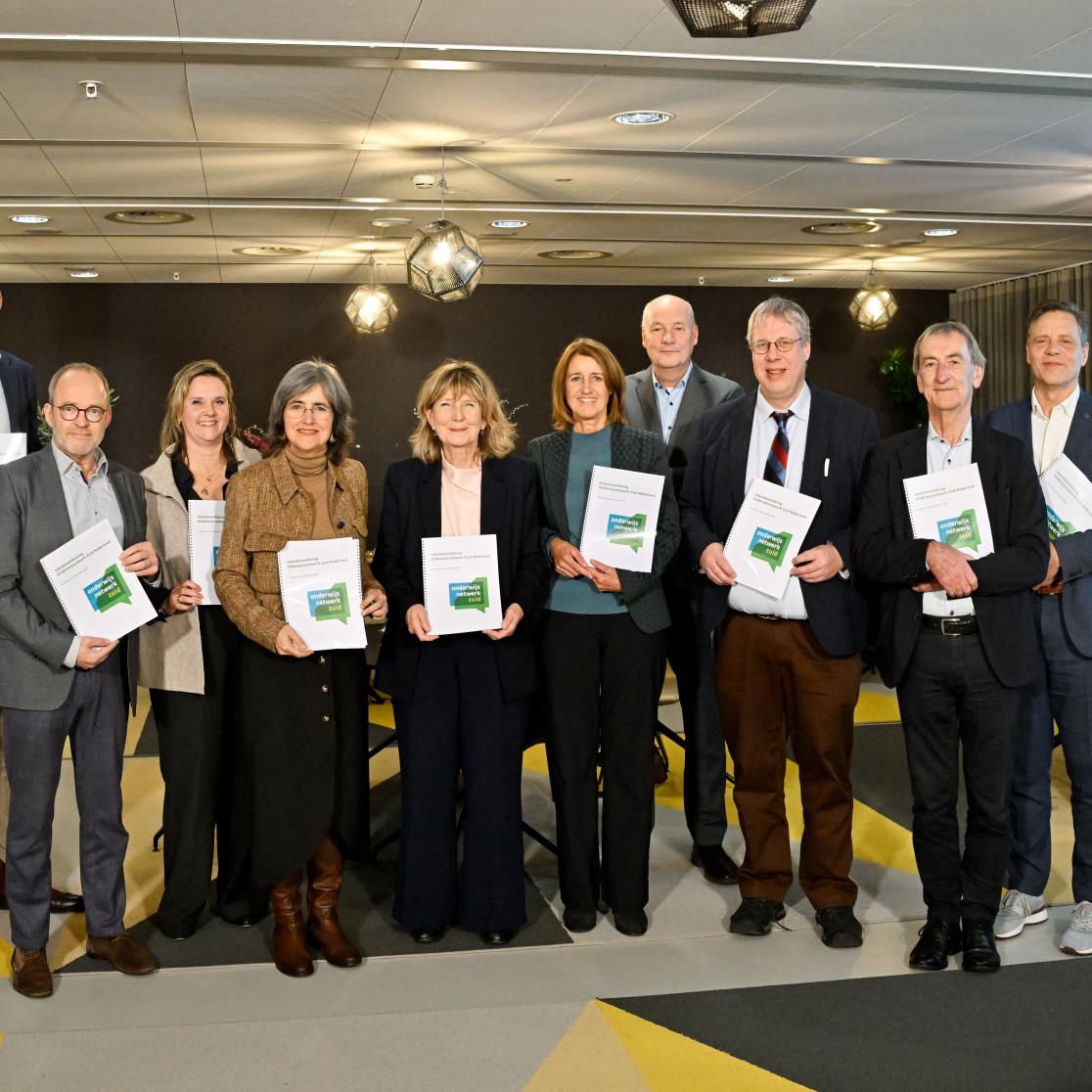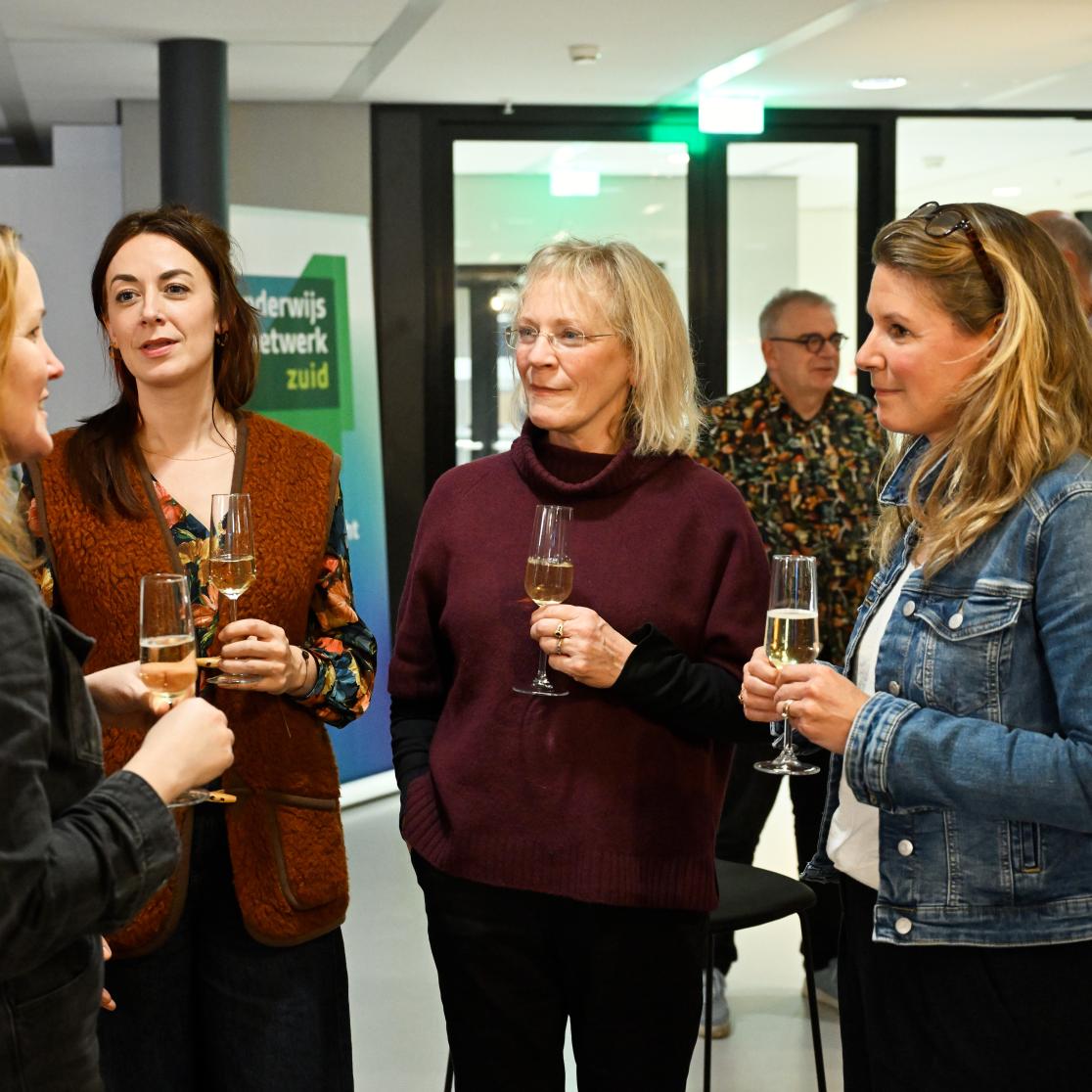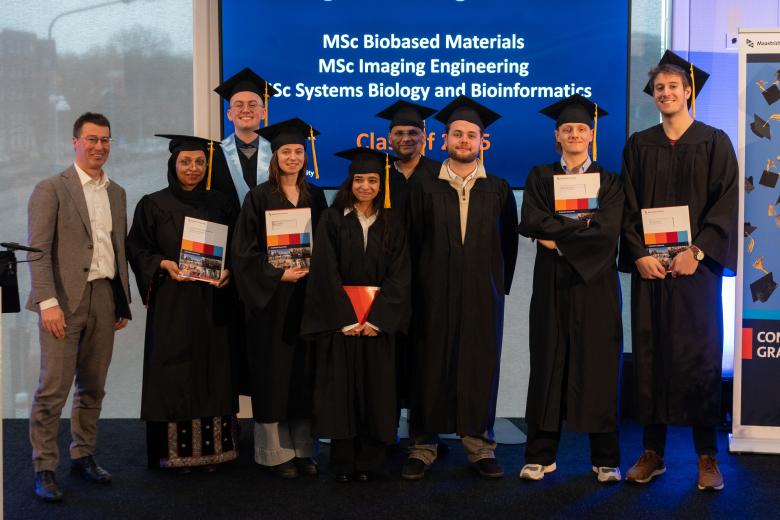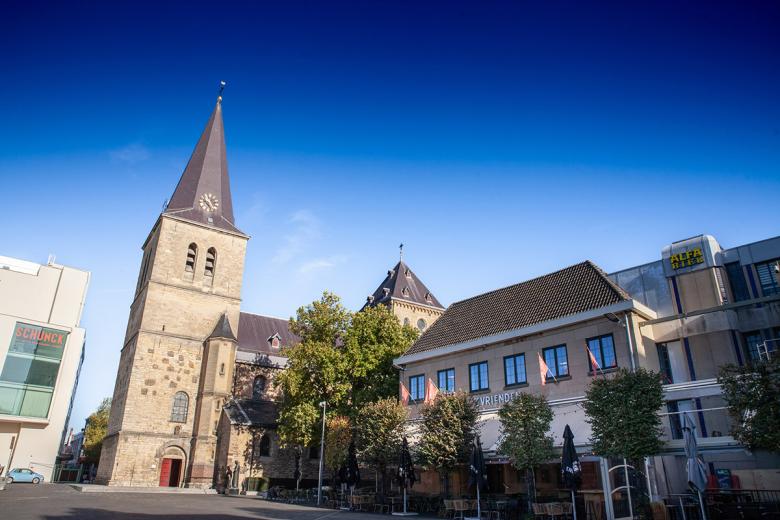A strong education network for Brabant and Limburg: better alignment, less dropout
On November 24, 2025, secondary schools (VO) and higher education institutions (HO) in Brabant and Limburg will sign up for the Education Network South Netherlands: one VO-HO network that will improve the flow of students to further education and reduce dropout rates.
The network will start with STEM subjects and later expand to other subject areas, and will be supported by ASML. The following will join upon its establishment: the Limburg Education Region, the East Brabant Education Region, the Brainport schools, Eindhoven University of Technology, Fontys University of Applied Sciences, Avans University of Applied Sciences, Maastricht University – Faculty of Science and Engineering, Tilburg University, and the HAS Green Academy. Other educational institutions, including vocational colleges (MBO), will be able to join at a later stage. With over 200 secondary schools, this will immediately become the largest VO-HO network in the Netherlands.
The Education Network South Netherlands connects teachers from both secondary and higher education levels with the aim of easing the transition of students to higher education. The collaboration is built on three pillars: teacher professional development, curriculum development, and career guidance.
The network will begin with the launch of subject support centers in STEM subjects: mathematics, physics, chemistry, biology, and computer science, with a specific focus on study skills. In these subject support centers, lecturers, teacher trainers, and researchers will collaborate on training, the development of learning materials, and curriculum development, both within secondary and higher education. Specific attention will be paid to underrepresented groups in STEM subjects, such as girls and students with a migration background. The impact of the measures will be monitored through research.
"In the network, we're starting with the integration of STEM subjects. I think it's important that everyone sees that further technical education isn't just for boys or for those who get an A in math," says Ines Lopez Arteaga, Dean of Education at TU/e and professor of mechanical engineering. "By improving collaboration with schools and, for example, offering workshops for students, we're making technology more accessible and attractive to everyone."

"We work based on the needs of students, teachers, and secondary schools. This way, we meet their needs as effectively as possible," says Ella Hueting, director of the network, Eindhoven University of Technology.
"We are thrilled for our staff that the network is being established. Collaborating with colleagues, including those from further education, on educational developments is an excellent approach for both the colleagues involved and the students to achieve even better education," says Eugene Bernard, chairman of the Limburg Secondary Education Foundation.
"By joining forces, we offer students and teachers a wider range of relevant activities. Together we achieve more than any of us could individually," says Thomas Cleij, dean of the Faculty of Science and Engineering, Maastricht University.
Photography: Bart van Overbeeke

Also read
-
Ron Heeren appointed fellow of the Netherlands Academy of Engineering
Professor Ron Heeren, distinguished university professor at Maastricht University (UM) and director of the Maastricht MultiModal Molecular Imaging Institute (M4i), was appointed as a fellow of the Netherlands Academy of Engineering (NAE) on Thursday 11 December.
-
Municipality of Heerlen, Parkstad Urban Region and UM invest 6 million in collaboration
Heerlen grants a one-time contribution of €1,478,050 to Maastricht University as part of the Regio Deal application ‘Fundament onder UM-onderwijs in Heerlen’ . This amount comes from the Fonds Economische Structuurversterking (FES) . The funding will help establish university education facilities in...
-
Dutch Research Council rewards three Maastricht research proposals
The Dutch Research Council (NOW) has decided that within the so-called ENW Open competition XS research programme, 28 projects will receive funding. Three of those projects are headed by a UM scientist.